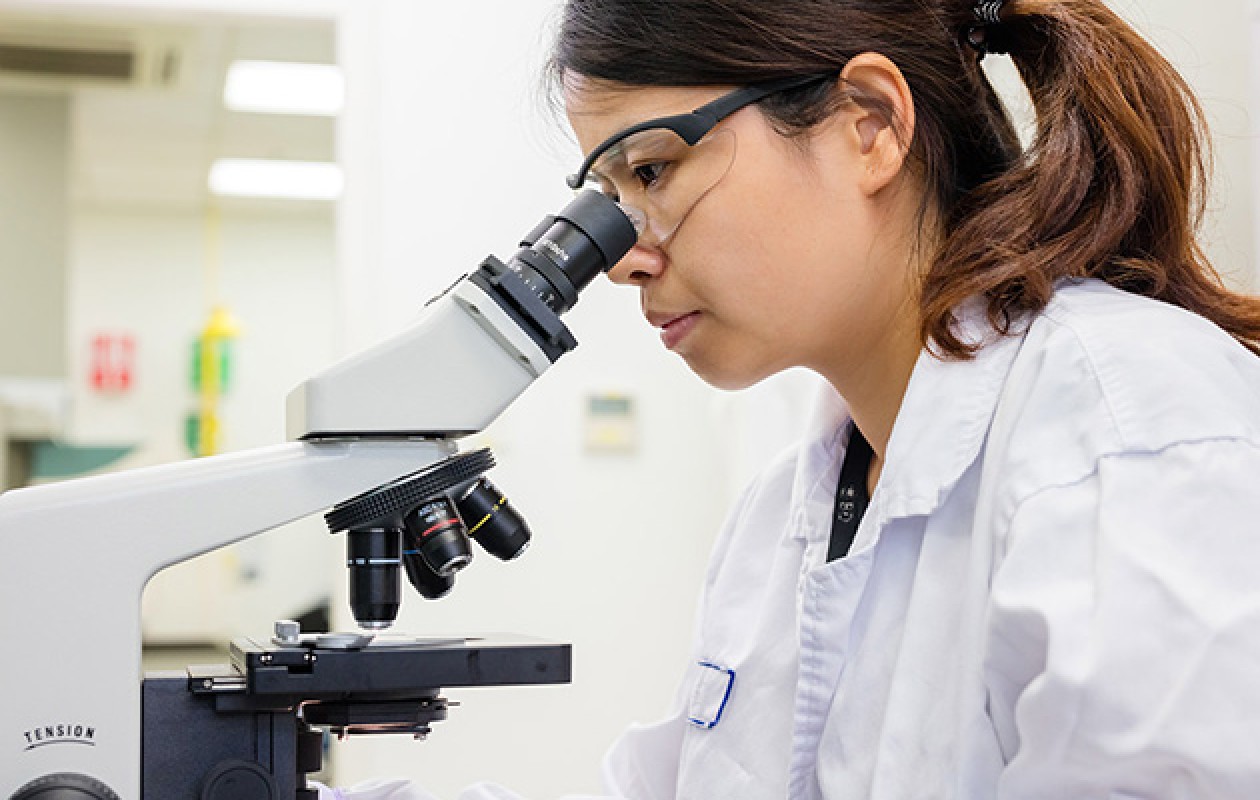HPV extended genotyping to improve patient management

The BD Onclarity™ HPV Assay allows focus on patients at the highest risk, which could assist in more precise clinical decision-making.
Stratify the baseline and long-term risk of precancer to refine triage.
The cumulative CIN3+ risk in HPV positive women* vary by HPV genotype, and by type persistence.2,6
The actionable results obtained with the BD Onclarity™ HPV Assay can help stratify the baseline and long-term risk of precancer in women to more precisely guide clinical decision-making.3-6
Track genotype-specific HPV persistence, the most important determinant of cervical cancer risk in women who test HPV-positive – regardless of the HPV genotype.5-9
Identifying which genotype results in a persistent HPV infection is key to identifying your patients at most risk for developing cervical disease – and the more genotypes you can identify, the better.5-9
With the BD Onclarity™ HPV Assay, from one HPV test to the next, it is possible to know if there is a genotype-specific persistent infection, if there was a type switch or if the HPV infection was cleared.1,6,7
Extended genotyping can identify
genotype-specific persistence beyond
HPV 16 and 18, and type switch.6,7
The BD Onclarity™ HPV Assay was extensively tested among women of different ages, ethnicities, and vaccination status in a prospective, multicentre clinical trial that enrolled more than 33,000 women.
BD solutions for HPV testing
BD Onclarity™ HPV Assay is the only HPV test providing extended genotyping both CE-marked and FDA-approved for HPV primary screening, triage of ASC-US cytology, and co-testing.12,13
ASC-US, atypical squamous cells of undetermined significance; CIN3+, cervical intraepithelial neoplasia grade 3 or higher; FDA, Food and Drug Administration; HPV, human papillomavirus; hrHPV, high-risk HPV; NILM, negative for intraepithelial lesion or malignancy.
1. BD Onclarity™ HPV Assay Package Insert [8089899].
2. Gilham C et al. Health Technol Assess. 2019;23(28):1-44.
3. Stoler MH et al. Gynecol Oncol. 2019;153(1):26–33.
4. Schiffman M et al. Int J Cancer. 2016;139:2606–15.
5. Demarco M et al. EClinicalMedicine. 2020;22:100293.
6. Bonde JH et al. J Low Genit Tract Dis. 2020;24(1):1–13.
7. Bonde JH et al. J Low Genit Tract Dis. 2021;25(1):27–37.
8. Elfgren K et al. Am J Obstet Gynecol. 2017;216:264.e1–7.
9. Bodily J and Laimins LA. Trends Microbiol. 2011;19(1):33–9.
10. Schiffman M and Kjaer SK. J Natl Cancer Inst Monogr. 2003;31:14-9.
11. World Health Organization. Cervical cancer. Last updated 22 Feb 2022. Accessed 3 Jun 2022. Available at: https://www.who.int/news-room/fact-sheets/detail/cervical-cancer.
12. Salazar K et al. J Am Soc Cytopath. 2019;8:284–92.
13. Arbyn M et al. Clin Microbiol Infect. 2021;27(8):1083–95.



















